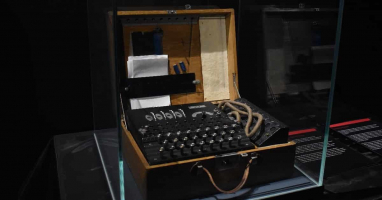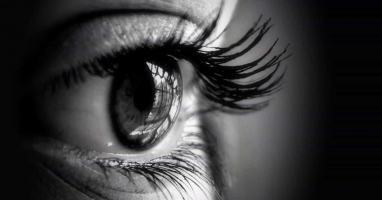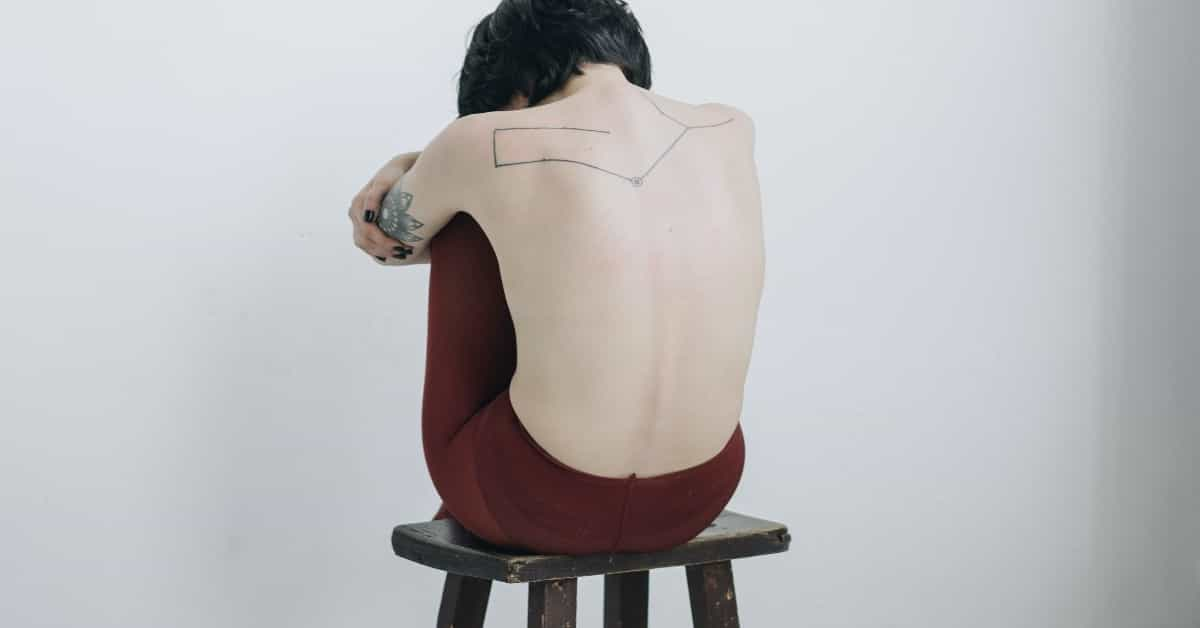I wrote this article in Japanese and translated it into English using ChatGPT. I also used ChatGPT to create the English article title. I did my best to correct any translation mistakes, but please let me know if you find any errors. By the way, I did not use ChatGPT when writing the Japanese article. The entire article was written from scratch by me, Saikawa Goto.
Introduction
Movies and books covered in this article

Three takeaways from this article
- The irony is that as a “refugee,” one cannot cross borders, but as an “artwork,” one can receive a visa.
- The vivid contrast between “human being” or a “commodity,” or “freedom” or “unfreedom” is impressive and memorable.
- The stunning conclusion also provides a critique of the entire “system” of society in which we live.”
Self-introduction article


Published Kindle books(Free on Kindle Unlimited)
“The genius Einstein: An easy-to-understand book about interesting science advances that is not too simple based on his life and discoveries: Theory of Relativity, Cosmology and Quantum Theory”
“Why is “lack of imagination” called “communication skills”?: Japanese-specific”negative” communication”
The quotes used in this article are based on notes taken at the movie theater from movies in Japanese and are not direct quotes from the foreign language original movies, even if they exist.
I was Amazed at How Vividly Art Could Satirize “Social Issues.” This is a Shocking Story Based on a True Story

It was really interesting. To be honest, I feel a little resistance to writing “interesting,” but it’s a work that can only be described as “interesting.”

It’s a powerful movie precisely because it’s unscrupulous, and I was amazed at how vividly, ironically, and sensationally art can satirize “social issues.”

First, a Summary of the Content
Sam and his girlfriend Abeer are on a train in Syria. They want to get married, but there are many obstacles due to Abeer’s wealthy family. Abeer also wants to marry Sam, but she is also in a situation where she must undergo a matchmaking meeting that she does not want to attend in order to please her parents.
Sam, who wanted to blow away such reality, declared on the train that he would marry his girlfriend and caused a commotion with the passengers in the train. However, his statement was taken out of context and uploaded to the internet, and Sam was unjustly arrested. He managed to escape from the police station somehow, but he couldn’t stay in Syria. Sam decides to escape to Lebanon with the help of his sister.
In Lebanon, Sam found a job somehow and spent his days sneaking into wealthy parties to get food, even though he wasn’t invited. One day, he meets the artist Jeffrey at a party venue. When he learns that Sam is a refugee from Syria, he invites him to have a drink and makes a surprising proposal. He tells Sam, “I want to use your back.”

Sam is shaken by his proposal. Even after escaping to Lebanon, he continued to have international phone calls with Abeer, but he found out that she had reluctantly decided to marry a diplomat who was a prospective partner. Given Sam’s position and current situation, it is not possible to expect an improvement in his relationship with Abeer. With that in mind, he ultimately decided to accept Jeffrey’s proposal.
Jeffrey’s idea was outrageous. He would tattoo “Schengen Visa” on Sam’s back. This is a visa given to those who pass through or stay in the region that is a signatory to the Schengen Agreement, which serves as proof that they can move freely within the region. He wants to tattoo that proof on Sam’s back, who as a refugee cannot go anywhere.
Jeffrey’s idea stimulated society greatly. Sam is a “human” refugee who cannot go anywhere, but if he is a “work of art,” he can leave the country. Sam will be exhibited in various art exhibitions as an “artwork” and exposed to the eyes of many viewers, but…


The Exquisite “Irony” Presented by the Movie

If we were just talking about “tattooing a human’s back and exhibiting it as an artwork,” it would only be “insensitive.” It’s inevitable that controversy would arise because of displaying a “human being” as an exhibit. Especially if the exhibit is a Syrian refugee. Even in the movie, there is criticism that “they are exploiting Syrian refugees,” and it is certainly understandable.
However, what makes this movie’s setting not just “insensitive” is the poignant “irony” that Jeffrey engraved the “Schengen Visa” on the tattoo. In other words, Sam, as a “refugee,” cannot cross borders due to his position as a “human,” but as an “artwork,” he can travel to any country. I think the setting of this movie, which demonstrates this “contradiction” through a very brilliant technique of “tattooing Schengen Visa on the back of a refugee,” is magnificent.

Jeffrey explains the true meaning of this “art” as follows:
Syrians, Palestinians, and others are treated as undesirable in diplomacy. On the other hand, in the world we live in, the movement of goods is far freer than the movement of people.
Although this is just a story, in it, Sam cannot obtain a visa as a “refugee,” but can obtain one as an “artwork.” I think that the same decision may be made in the world we live in. What else can this be but irony?

I don’t necessarily think that “all art should raise social issues.” However, there is definitely that aspect to art. I think the movie “The Man Who Sold His Skin” is a very challenging and realistic work that pushes that nature to the extreme.


While watching the movie, what made me feel like “Oh, I see” was the issue of “selling ‘Sam as art’.” Until the movie pointed it out, I hadn’t thought of it, but many countries consider “selling Sam” to be “human trafficking.” That’s certainly true. No matter how much you argue that “this is art,” the reality is that it’s a “human being.” If such a theory were valid, then it would be possible to make a crude drawing on the body of a “person who intends to sell” and claim that it is art. Of course, such a world should not be allowed.
Sam, with the Schengen Visa tattooed on him, is an entity that raises social issues in that regard. And it is precisely because it raises such issues that “Sam as art” has value. However, that value is difficult to measure by the ordinary way of “selling it for money.” It is undoubtedly valuable, but it is also very characteristic that its value cannot be relativized by the general standard.

The brilliance of the work lies in how it sheds light on various social issues with just one act of getting a Schengen Visa tattoo on his back.
The Stunning Development in the Ending and the Story that Made Me Realize for the First Time that it was Not a True Story
I initially misunderstood this movie was based on a true story. I kept thinking that way until halfway through the movie. But at some point, I realized, “Oh, I see, it’s not a true story.” It’s because if it were a true story, the plot would be too unbelievable. However, it can also be said that it is because of such a plot that the “real theme” of this movie is highlighted. I think the ending was very stunning.

In this article, I won’t go into detail about the ending, but I’ll just say that it’s a brilliant development that resolves the “unsolvable problem” that “Sam as art” faces in a way that says “there is no other way.” In this series of events at the end, the word “system” is used. “Sam as art” is like an antithesis to the world’s “system” and goes beyond the narrow view of “tattooing Schengen visas on refugees’ backs” to make a broader point.
Now, the content of this movie is not based on a true story, but there are people who served as models for Jeffrey and Sam. In 2006, a contemporary artist named Wim Delvoye created a work called “TIM,” which involved tattooing a man named Tim Steiner’s back. “TIM” was sold to a German art collector for 150,000 euros, or about 19 million yen at the 2008 exchange rate. Wim Delvoye even makes a cameo appearance in “The Man Who Sold His Skin.”

The story itself is not based on a true story, but the movie’s setting closely follows reality. Isn’t that surprising?
“Human” or “Commodity”, or “Freedom” or “Unfreedom”
In this movie, various elements are depicted in contrast. One of them is whether it is “human” or “artwork (product).”

You may feel that it is an unusual question, but it is not. Especially in modern times, it has become commonplace for ordinary people such as YouTubers, live streamers, and cosplayers to “monetize their own existence and make a profit.” It can be said that in such a society, the question of “human or commodity” is valid.

Therefore, in this movie, both Sam depicted in it and the people who watch Sam cannot be indifferent to it.
When watching the movie, I think you might feel the “audiences, who came to see Sam” flocking to the art museum, very “ugly.” No matter how much it is explained as “art,” what is in front of them is a “human.” Some people may feel disgust towards the people who come to see it. Also, some may feel uncomfortable with Sam, who allowed tattoos on his back in the first place.

However, although the form may be different, we too are living in this world while behaving like Sam and the audience. If we feel disgust towards Sam and the audience, it should also be directed towards ourselves. It feels like there is a “double standard” here, like “it’s okay to eat cows and pigs, but not dogs.” We ourselves are also “ugly” just like Sam and the audience.
Also, the contrast between “freedom” and “unfreedom” was impressive.

At the beginning of the movie, we see Sam’s “unfreedom” as he becomes a refugee due to an unjust arrest. He doesn’t have a choice in anything he does. He strongly desires to escape from this “unfreedom” and as a result, he decides to “offer his back”.
That decision brought him “freedom”. As a “work of art”, he can go anywhere. He had to enjoy the “unfreedom” of “giving up his back” to gain that “freedom”, but at first, he didn’t think it was a big problem compared to the “freedom” he gained.

However, it’s not that simple. Sam gradually begins to realize the “unfreedom” of being a “work of art.” First, there is the “unfreedom” of having to stay still as an exhibit. In addition, there were the “unfreedom” of being the center of attention in a way you don’t want to be and not being accepted by his family for his choices. The “freedom” and “unfreedom” that Sam experiences are both extremely extreme, and he ultimately cannot settle down easily.
In the midst of all this, Sam comes to a final decision. Objectively speaking, the decision will be perceived as “unfreedom.” However, Sam declares, “I’m satisfied here.” He has finally gained true “freedom” in the true sense of the word. I felt that this story is a work that shows the contradiction that “freedom is unfreedom and unfreedom is freedom.”

By contrasting various things in a suggestive manner like this, the essence of the problem is brought to light. The development of the story was also very impressive.

The Relationship between Sam and Abeer is also Very Interestingly Portrayed
This movie’s core story is about “Sam becoming an art piece,” which is not a very ordinary story. However, other parts are also portrayed in a very interesting way. Among them, the relationship between Sam and Abeer is particularly impressive.
Abeer is also portrayed as a symbol of “unfreedom.” There are still many countries in the Middle East, including Syria, where women’s rights remain low. I think this is related to the strong influence of Islam, but anyway, Abeer is not allowed to marry the person she desires and is forced to marry someone her parents chose for her “to live,” and her married life is not a happy situation.

Sam thought that despite their different social status, he should be able to overcome it and marry Abeer. However, he ended up ruining everything due to his carelessness.
Although they unintentionally pass by each other, Sam and Abeer’s relationship is a very “fictional” element that plays a role in making the story more exciting. At the same time, it also highlights the complexity of Sam, who is both an “exhibit” and a “person with emotions.”
In the movie, their relationship takes an unexpected turn. Although this article does not touch on this point, I felt that the movie was a beautifully structured work that was put together very well until the very end.
Conclusion
The story is constructed brilliantly around the “one idea” of tattooing Schengen Visa on the back of a refugee, and it also becomes a story that attracts the audience while satirizing social problems. I think it’s a very high-level point. Although it’s not a true story, I was surprised that there is a real model, and it was a wonderful work anyway.

Published Kindle books(Free on Kindle Unlimited)
“The genius Einstein: An easy-to-understand book about interesting science advances that is not too simple based on his life and discoveries: Theory of Relativity, Cosmology and Quantum Theory”
“Why is “lack of imagination” called “communication skills”?: Japanese-specific”negative” communication”







コメント